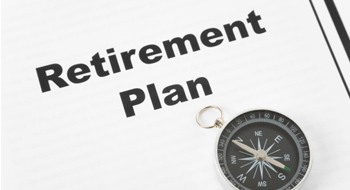
The percentage of American workers who participate in an employment-based retirement plan increased in 2013 for the first time since 2010—both among all workers and private sector workers.
According to the Employee Benefit Research Institute (EBRI), the percentage of all workers participating in an employment-based retirement plan increased to 40.8% in 2013, up from 39.7% in 2010. The number of workers participating rose to 64.2 million in 2013, the highest number since 2007.
The increases reflect the slowly improving national economy and employment rate in the aftermath of the recession.
“Retirement plan participation by workers is tied to macroeconomic factors such as the labour market, in addition to various demographic factors,” says Craig Copeland, senior research associate with the EBRI and author of the report. “Other underlying factors also have an impact, but higher employment generally leads to higher levels of retirement plan participation.”
Those workers who do not participate in a plan tend to be young, part-time, low-income or employed by small firms.
For instance, of the 67.9 million wage and salary workers who worked for an employer that did not sponsor a plan, 17.9 million (26.4%) were age 25 or younger or 65 or older. Almost 30 million (43.6%) were not full-time, full-year workers, and 29.2 million (43%) had annual earnings of less than $20,000. Furthermore, 39.3 million (57.8%) worked for employers with less than 100 employees.
Related articles:
